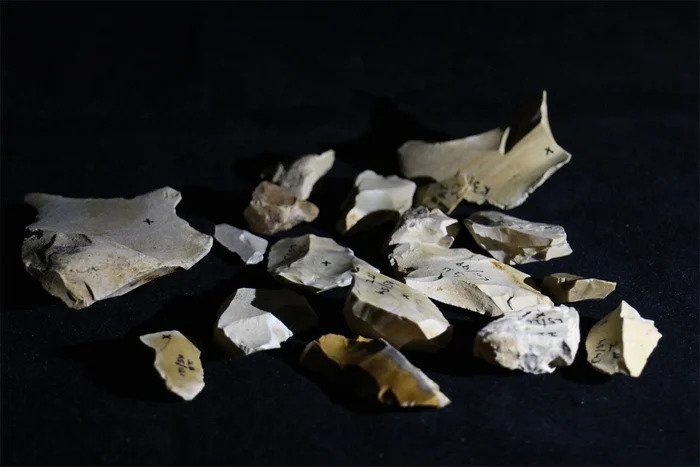Ancient Humans Tamed Fire as Early as 1 Million Years Ago, Study Suggests

An artificial intelligence tool has revealed hidden evidence of ancient fire at a 1-million-year-old archaeological site in Israel. Applying the technology at other sites could revolutionise our understanding of when and where humans first began controlling fire, which is widely considered to be one of the most significant innovations of all time.
Archaeologists already have a few techniques for identifying whether ancient humans used fire. For instance, you can look for signs that prehistoric bones are discoloured – or that stone tools are warped – in a way that is consistent with exposure to temperatures of 450°C or more.
But this sort of evidence is rarely found at sites that are more than 500,000 years old.
Last year, a group of researchers in Israel unveiled a deep-learning AI tool that can identify subtler signs of fire caused by exposure to temperatures of between 200 and 300°C.
The team trained the algorithm by gathering chunks of flint from non-archaeological sites in the Israeli countryside, heating them to particular temperatures in the lab and then tasking the AI with identifying subtle changes in the flint’s response to UV light.
Now, the team, working with Michael Chazan at the University of Toronto in Canada, has used the algorithm to look at flints from a 1-million-year-old ancient human site called Evron Quarry in Israel.
“The reason we chose Evron Quarry was that it uses the same kind of flint they had used in the previous study,” says Chazan. “But there was just no reason to think there would be evidence of burning there.”
To Chazan’s surprise, the AI tool suggested that many of the flint tools at the site had been heated, mostly to temperatures of about 400°C.

The team then took a closer look at chunks of bone recovered from the site and, using existing techniques, confirmed that they had been heated too.
Chazan says no one would have bothered testing the bones for heat exposure without the flint results from the AI.
The clustering of the heated stones and bones hints that ancient humans had control over the fire at Evron Quarry, rather than this being evidence of natural wildfire.
At the moment, there is a small amount of evidence that humans were using fire 1.5 million years ago. However, Chazan thinks the AI tool could be used to test a popular hypothesis that fire – and cooking – was widespread between about 1.8 and 2 million years ago.
“In the past, I’ve said: no, I don’t really think that’s right,” says Chazan. Now he isn’t so sure.





